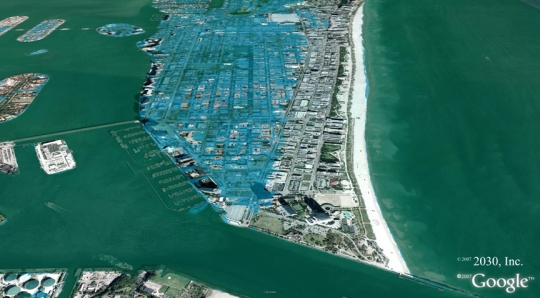What the scientific community has failed to communicate, and the public has failed to grasp, is that the U.S. is particularly vulnerable to very small increments of sea-level rise.
The IPCC Fourth Assessment projects a sea-level rise of 0.18 meters to 0.59 meters this century. Even though the report includes a caveat that this range does not include any significant contribution from the Greenland and West Antarctica ice sheets, global warming skeptics continually characterize those who mention a six-meter sea-level rise as scaremongers.
There is also a common notion in circulation, advanced by the media and many studies on the impacts of climate change, that wealthier countries in the West will be able to adapt, while underdeveloped countries will bear the brunt of the impacts.
It is no wonder then that global warming scarcely registers as an issue in the presidential election. Until the American public understands that the U.S. is directly threatened by impacts resulting from global warming, little meaningful action to curb our greenhouse-gas emissions will take place.
With just one meter of sea-level rise, the U.S. will be physically under siege, with calamitous and destabilizing consequences.
The U.S. is a nation with over 12,000 miles of coastline. With 53 percent of Americans living in and around coastal cities and towns, it is important to understand, and convincingly communicate, the devastating impact climate-induced sea-level rise will have on our nation. A recent study of over 90 U.S. coastal cities and towns, presented vividly in three-dimensional images, illustrates that once the process of ice sheet disintegration begins, the impact on the U.S. will be unremitting, and at each additional increment above one meter, additional cities and towns will be adversely affected.
As one small example, here’s Miami Beach after a one-meter rise:


